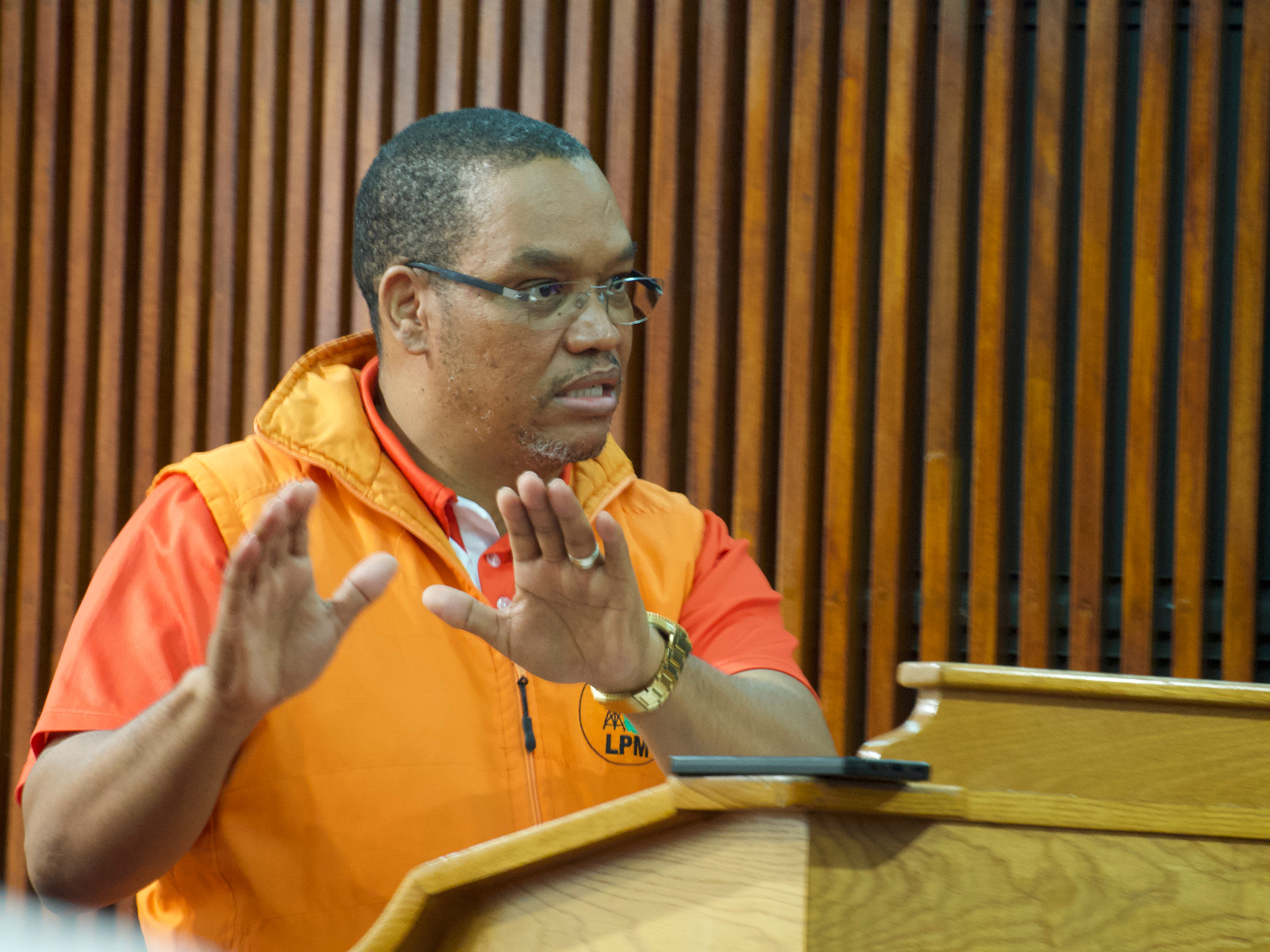GOVERNMENT does not have enough money to forge ahead with its rural electrification programme at the desired pace and according to the needs of rural communities, the Ministry of Mines and Energy says.
“The average annual rural electrification budget of N$20 million for the whole country is not adequate to cover the costs of installation and connection to the national electricity grid,” according to its Permanent Secretary Joseph Iita. The problem was that the Ministry also had to maintain and rehabilitate existing networks, which was very costly.In terms of the Rural Electricity Distribution Master Plan, the initially projected budget of N$50 million annually could have been sufficient to address both installation and connection to the grid, Iita said in a statement yesterday.”Delays in connecting rural settlements to the grid were unavoidable, but the additional challenges are that the budget has to cater for additional costs of network rehabilitation.”This will be applicable to most reticulation networks and installations which had been lying idle for periods ranging from one to six years,” Iita noted.Rehabilitation was essential and technically critical for network integrity, which often suffered as a result of natural causes or vandalism and had to be restored.The Rural Electricity Distribution Master Plan for Namibia – completed in 2000 and updated in 2005 – forms the basis for identifying and prioritising rural localities for electrification.Implementation is done annually in consultation with the Regional Councillors, NamPower and the Regional Electricity Distributors (REDs).”As a practical way forward, the MME has taken a position to focus on rehabilitation and connecting settlements to the grid during the 2006-2007 financial year and beyond.This approach will continue to be applied until all backlogs are done away with,” the Permanent Secretary said.While continuing to sensitise the Treasury on the need to boost funding for rural electrification projects, the Ministry was exploring possible channels and engaging relevant stakeholders to mobilise additional funding to meet the financial cost which were ever increasing due to escalating copper prices on the international markets.”Copper prices have a direct impact on the cost of conductors and distribution transformers”, Iita emphasised in his statement.To date, the only significant additional financial contribution received has been the European Investment Bank (EIB) through NamPower.”We appeal to other stakeholders, particularly Regional Councils and REDs, to follow examples of the Kavango and Otjozondjupa Regions in being more proactive in funding mobilisation campaigns to complement Government efforts,” Iita said.The problem was that the Ministry also had to maintain and rehabilitate existing networks, which was very costly.In terms of the Rural Electricity Distribution Master Plan, the initially projected budget of N$50 million annually could have been sufficient to address both installation and connection to the grid, Iita said in a statement yesterday.”Delays in connecting rural settlements to the grid were unavoidable, but the additional challenges are that the budget has to cater for additional costs of network rehabilitation.”This will be applicable to most reticulation networks and installations which had been lying idle for periods ranging from one to six years,” Iita noted.Rehabilitation was essential and technically critical for network integrity, which often suffered as a result of natural causes or vandalism and had to be restored.The Rural Electricity Distribution Master Plan for Namibia – completed in 2000 and updated in 2005 – forms the basis for identifying and prioritising rural localities for electrification.Implementation is done annually in consultation with the Regional Councillors, NamPower and the Regional Electricity Distributors (REDs).”As a practical way forward, the MME has taken a position to focus on rehabilitation and connecting settlements to the grid during the 2006-2007 financial year and beyond.This approach will continue to be applied until all backlogs are done away with,” the Permanent Secretary said.While continuing to sensitise the Treasury on the need to boost funding for rural electrification projects, the Ministry was exploring possible channels and engaging relevant stakeholders to mobilise additional funding to meet the financial cost which were ever increasing due to escalating copper prices on the international markets.”Copper prices have a direct impact on the cost of conductors and distribution transformers”, Iita emphasised in his statement.To date, the only significant additional financial contribution received has been the European Investment Bank (EIB) through NamPower.”We appeal to other stakeholders, particularly Regional Councils and REDs, to follow examples of the Kavango and Otjozondjupa Regions in being more proactive in funding mobilisation campaigns to complement Government efforts,” Iita said.
Stay informed with The Namibian – your source for credible journalism. Get in-depth reporting and opinions for
only N$85 a month. Invest in journalism, invest in democracy –
Subscribe Now!










